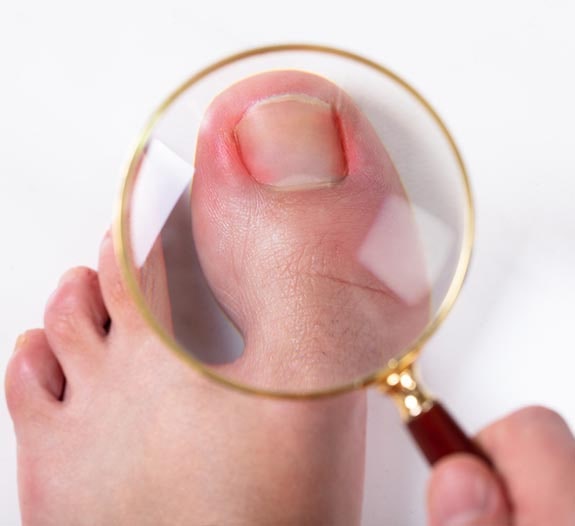
Procedure
After a numbing injection to the toe, using scissors and other instruments the nail plate is separated from the nail bed and vertically the ingrown side is cut out till the cuticle. If necessary, the entire nail plate may be removed, especially if both sides of the nail are ingrown. Electro or chemical cautery using an acidic solution like phenol, the nail matrix is disrupted. Also, it stops the bleeding. That portion of the nail most likely would not regrow. In the end, the operated area is bandaged after applying an anti-bacterial cream.
Post Procedure
Oral antibiotics and pain killers are given to relieve pain and to prevent infection. The patient is advised to rest, limited movement of the toe and foot end elevation.
Open-toed shoes are preferred for two weeks post-surgery. This gives room to the nail for faster healing. Most of the patients resume their regular activities in a few days.
 Whatsapp
Whatsapp Facebook
Facebook Twitter
Twitter Instagram
Instagram Linkedin
Linkedin Pinterest
Pinterest